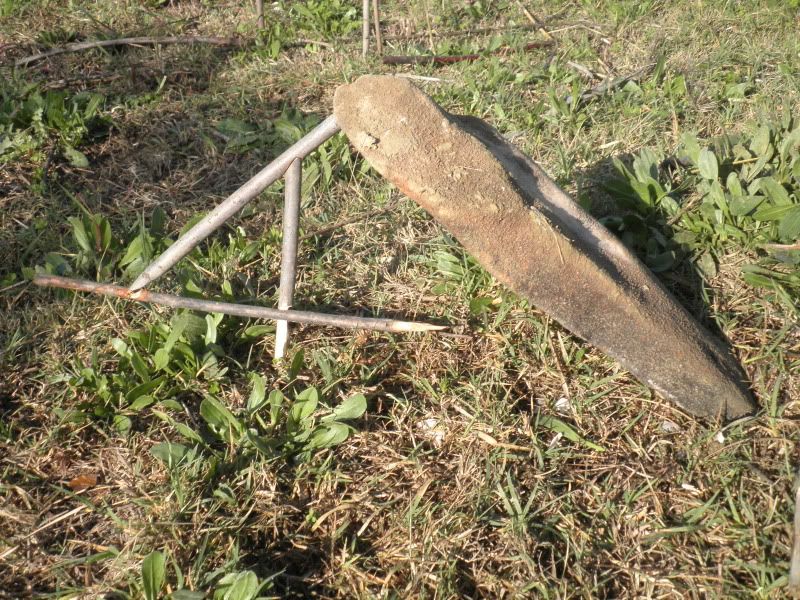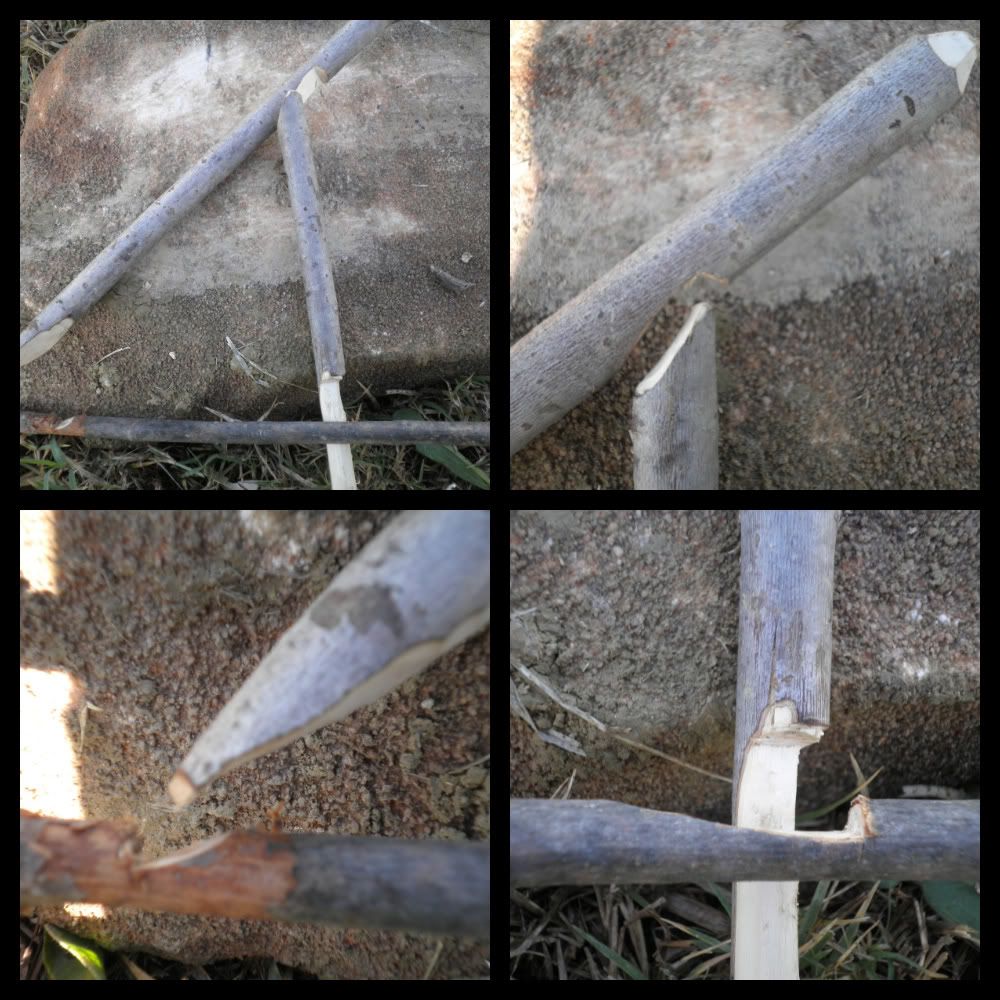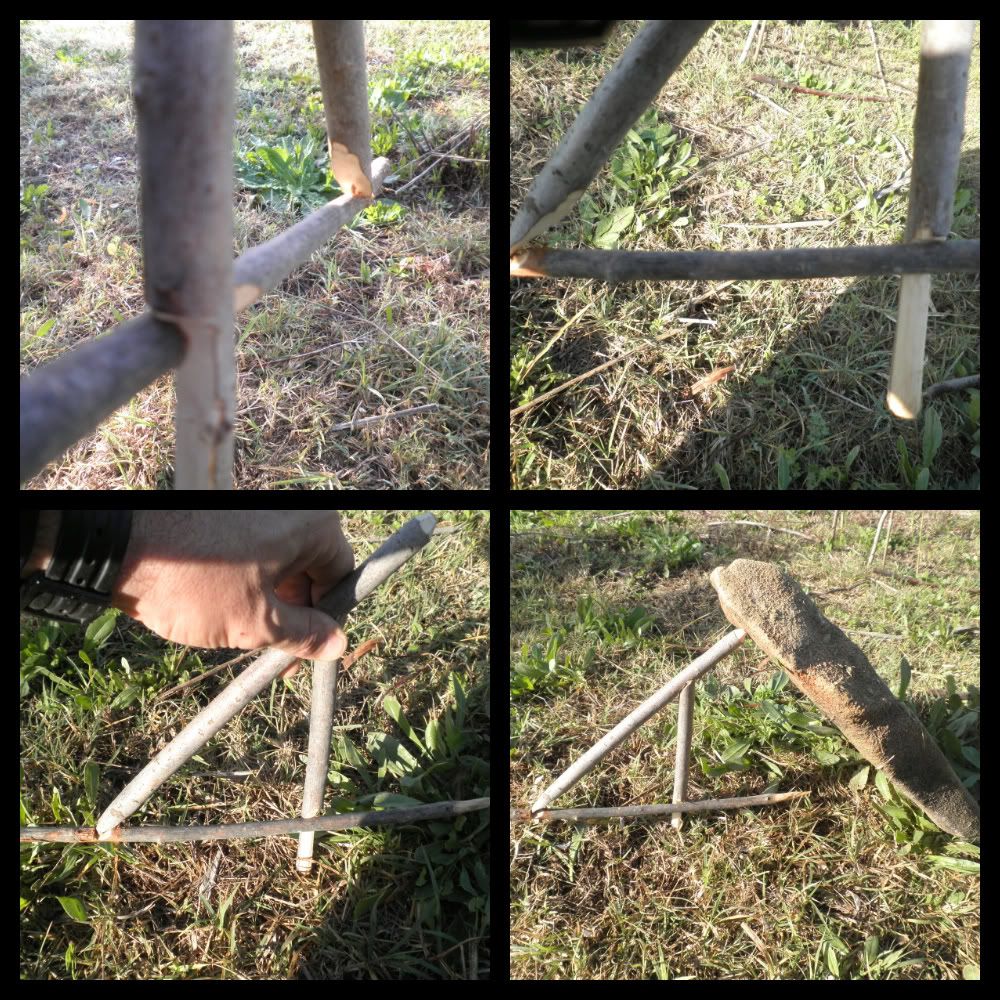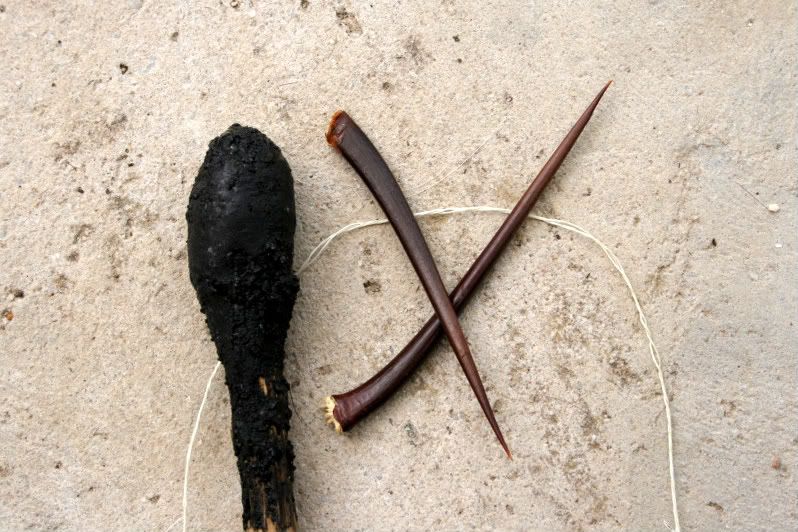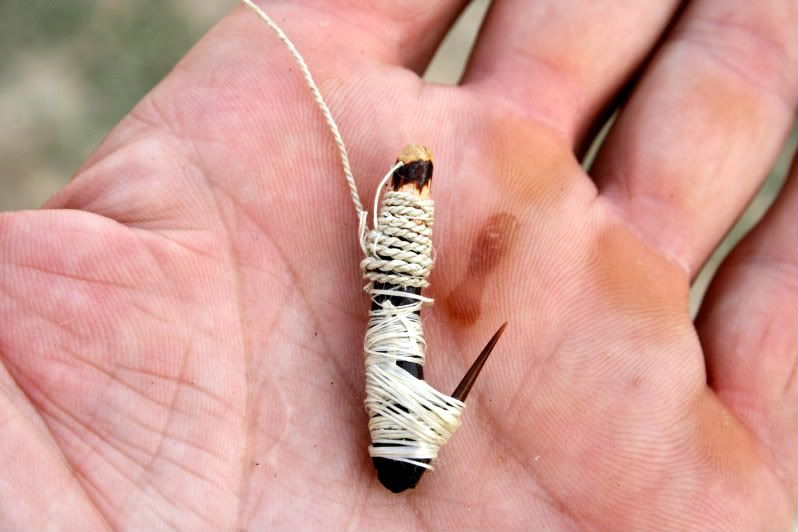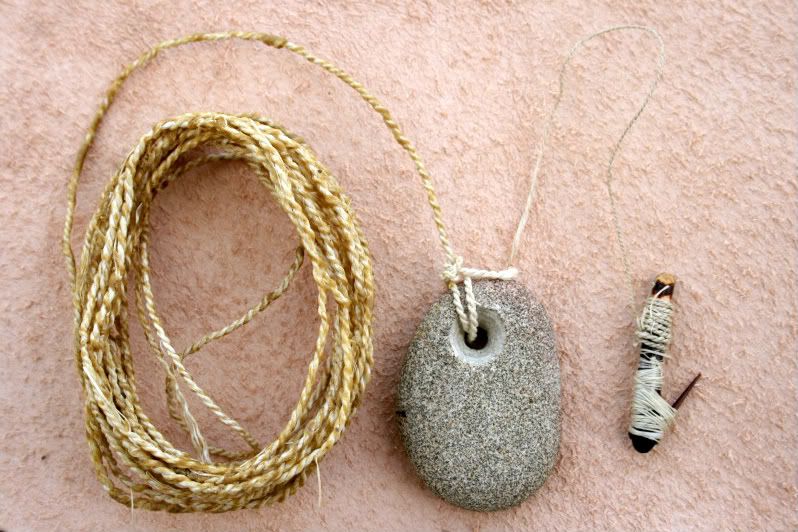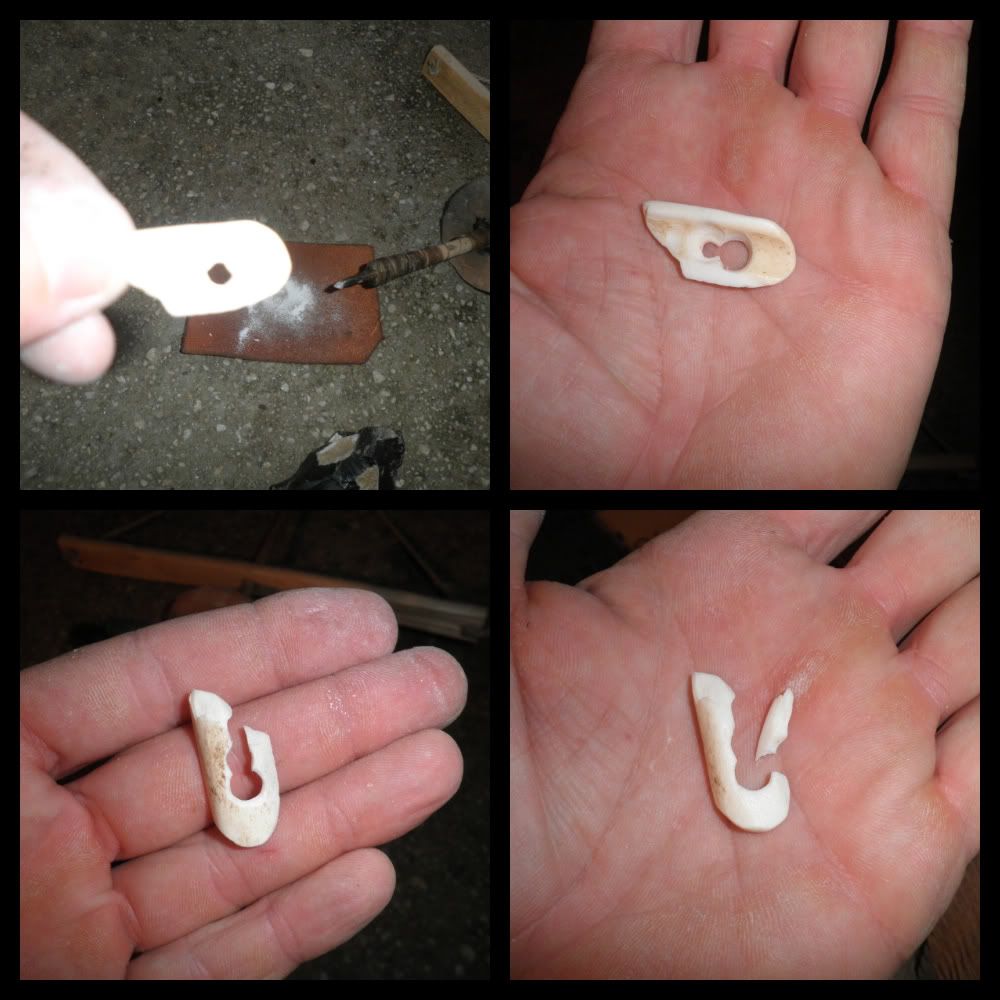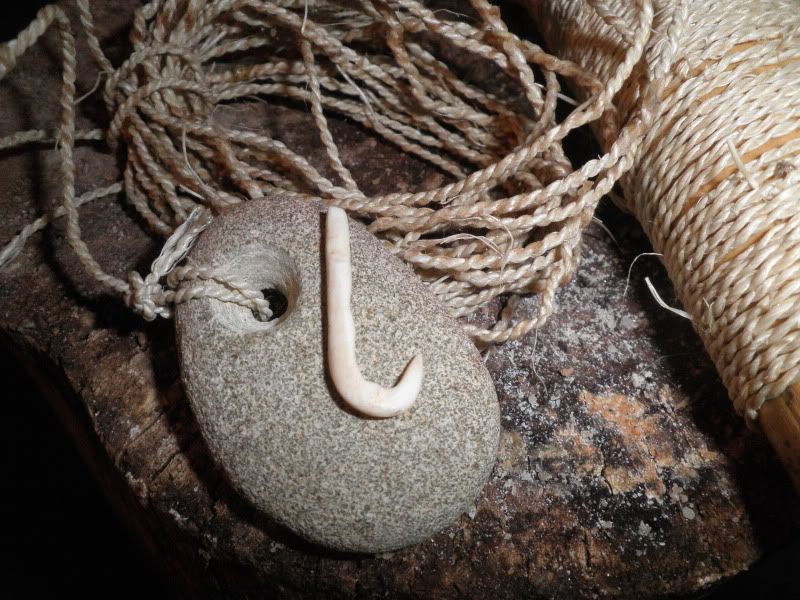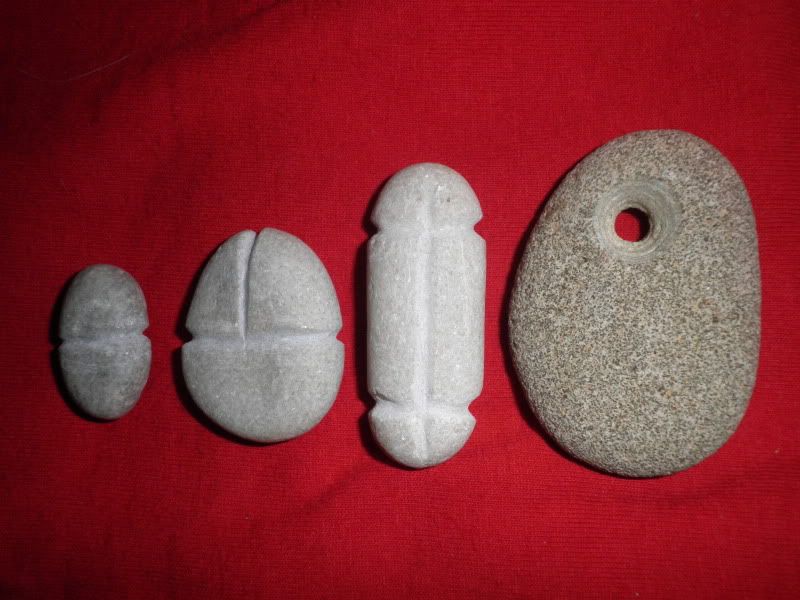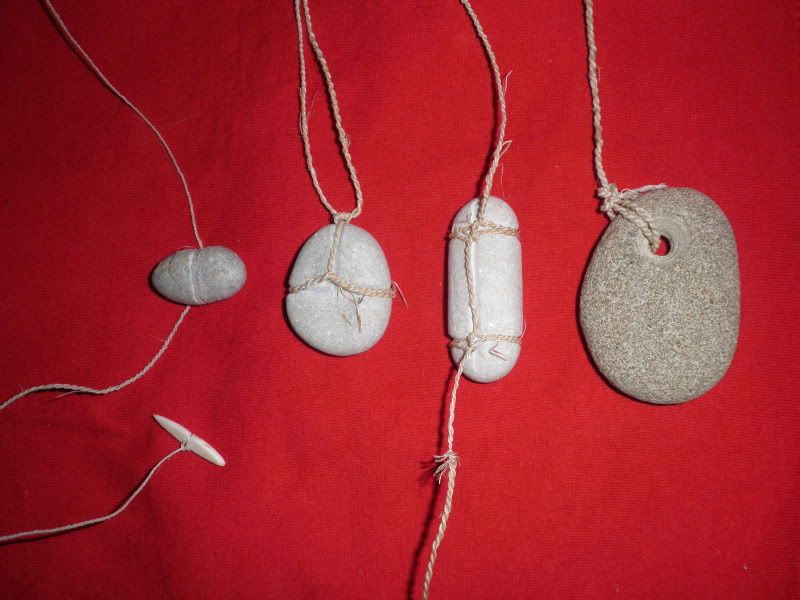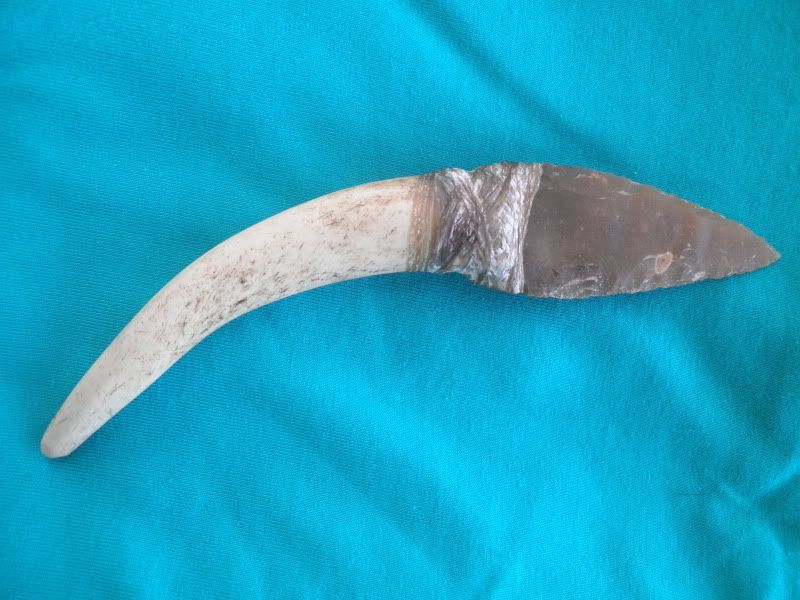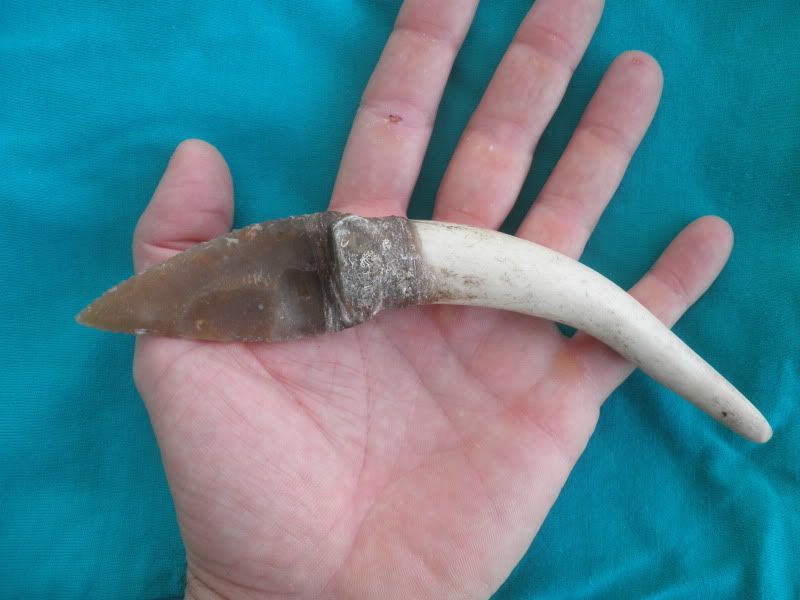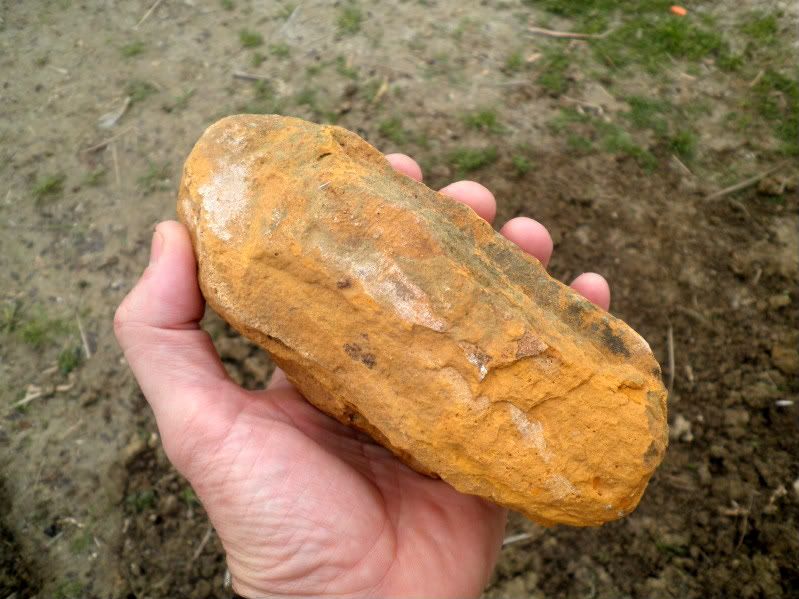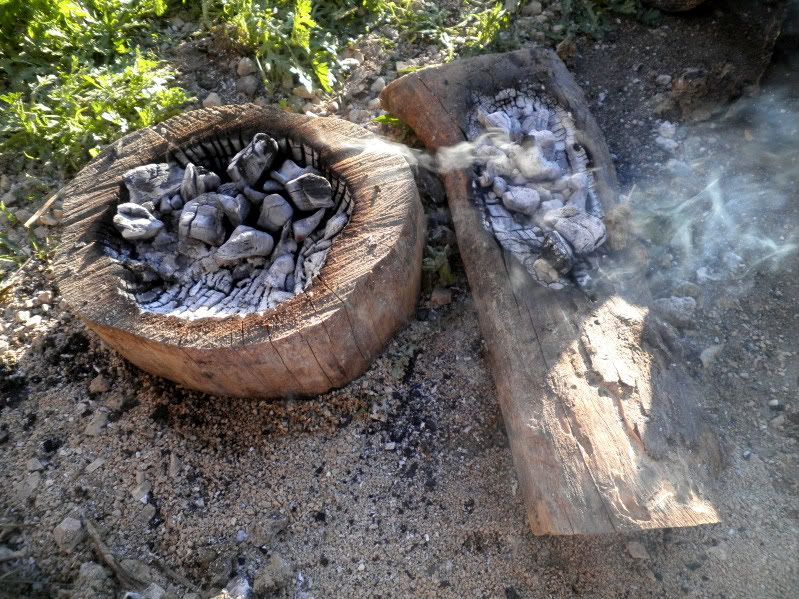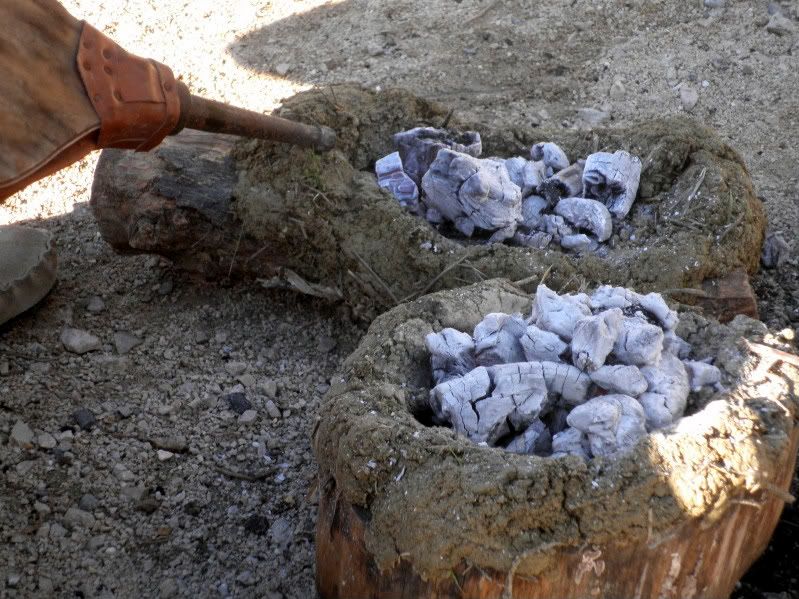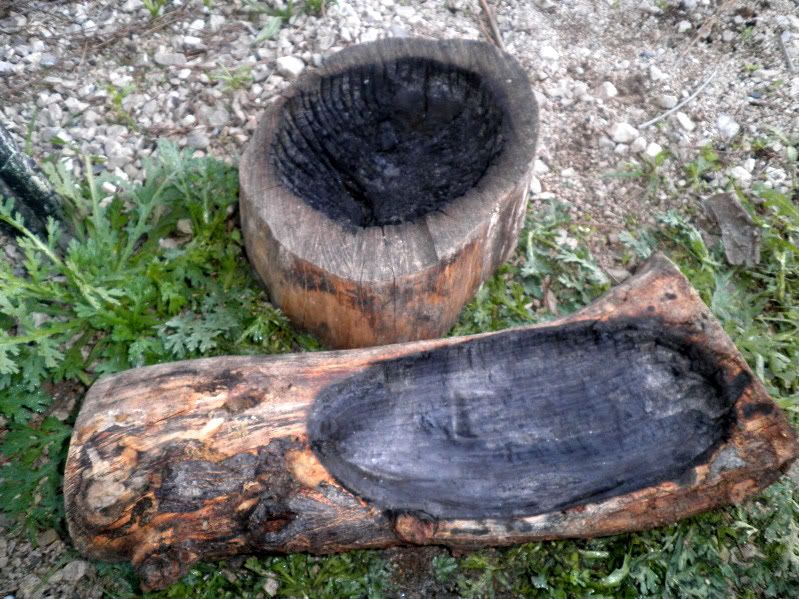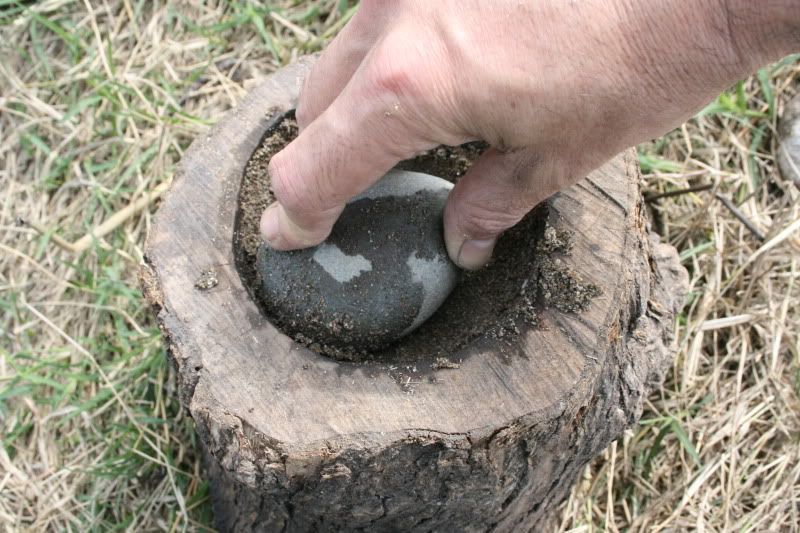Me gustan las formas de obtener comida de forma primitiva; tan básica pero a la vez tan ingeniosa. A continuación, muestro algunos anzuelos y pesos que he hecho ultimamente inspirado en los nativos americanos
Este primero lo hice con una pua, creo que de acacia, con un poco de pegamento de resina de pino y fibra de pita...
I like the primitive ways to get food; basic but so clever.Nextí´ll show you some hooks and sinkers i´ve made lately (inspired by native americans fishing gear)
This first hook is made out of a thorn from a tree (acacia, i think) with a bit of pine pitch glue and some agave fiber...
El peso lo hice perforando una piedra, usando para ello unos trozos de sílex
The sinker was made with a stone i drilled using two flint pieces
El anzuelo y el peso atados al sedal de fibra de pita
Hook and sinker tied to the agave line
A continuación, otro anzuelo, esta vez de hueso, que perforé usando un parafuso ("pump drill"), que puede verse al fondo en la primera foto. Desafortunadamente, se me rompió parcialemnte, por lo que no sé si llegará a ser realmente efectivo...
Next is a bone hook i made using a pump drill you can see in the first pic. Un fortunaly, it broke partially, so i´m not sure it will get me any fish...
El siguiente anzuelo es también de hueso, si bien de un diseño y elaboración mucho más sencillo, aunque no por ello deja de ser efectivo.
Next one is another bone one, much easier on design and manufacture, but quite efective
Por último, tres pesos más en piedra (junto al ya mostrado) que preparé acanalándolos para poder acoplar el sedal, como se muestra en la última foto
Last, three stone sinkers (next to the one already shown) i prepared so they can be tied with the line, as shown in last pic.

